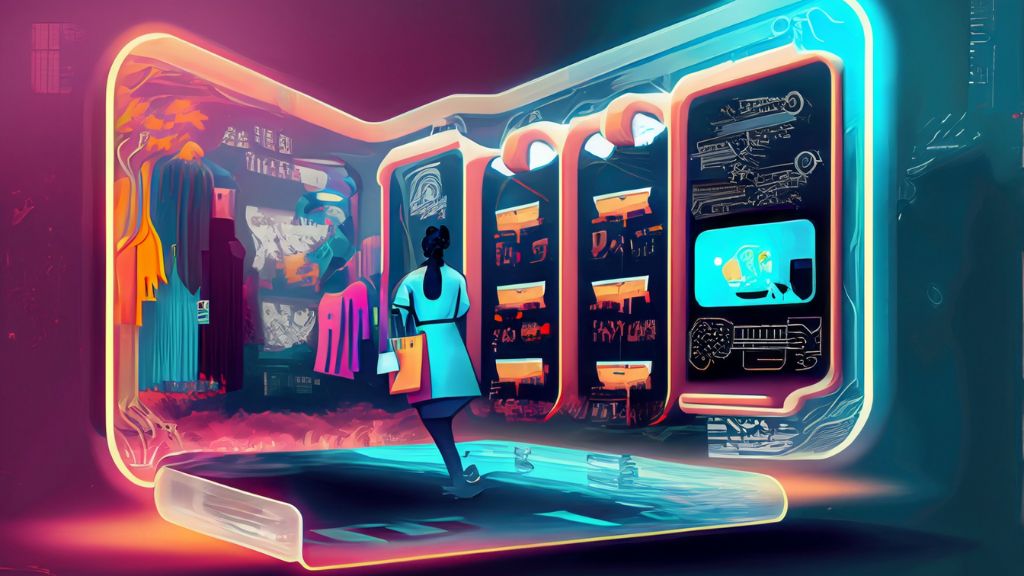
Unearthing the Past: AI’s Pioneering Role in Decoding Ancient Cuneiform

Unearthing the Past: AI’s Pioneering Role in Decoding Ancient Cuneiform
Dust off your archaeologist’s hat and prepare for a journey back in time, as we explore a cutting-edge intersection of technology and history. In an era where artificial intelligence (AI) continues to revolutionize our lives, it’s now being utilized to decode one of the earliest known writing systems – Cuneiform. This innovation brings us closer than ever to unearthing secrets from our distant past.
Cuneiform, distinguished by its wedge-shaped marks, was crafted onto clay tablets by the ancient Sumerians of Mesopotamia around 3200–3000 BCE. These inscriptions, etched with a reed stylus, have mystified historians and linguists for centuries due to the complexity and intricacy of deciphering this archaic form of communication.
Now, AI has entered the archaeological arena, aiming to bring clarity to these historical cryptograms. In a recent study published in the Oxford Academic journal, researchers have begun leveraging AI to translate Cuneiform into English, a task that was previously reliant on a sparse number of specialized scholars. While we’re still at the dawn of this technological application, the potential implications for the study of history, linguistics, and culture are staggering.
Imagine the vast troves of knowledge that could be unearthed from these long-unreadable narratives. Each clay tablet could hold invaluable insights into ancient civilizations, shedding light on political structures, societal norms, and cultural practices that have been veiled in the fog of the past. This innovative AI application could fill in historical gaps, thereby enriching our understanding of human evolution and interconnectedness.
It’s essential, however, to remember that this technological advancement is still in its infancy. The road to fully unlocking the Cuneiform code may be fraught with obstacles and errors. But even with these challenges, the possibilities of discovering our collective past are undeniably thrilling.
As we stand at the precipice of this exciting historical revelation, we invite you to join the discussion. What do you think of this marriage between technology and archaeology? Could there be other unexplored applications for AI in the field of historical research? Do share your thoughts, insights, and opinions with us here.
For a deeper dive into this fascinating study, follow this link:
Together, let’s delve into the past, guided by the light of modern technology, to unlock the secrets etched in time.





